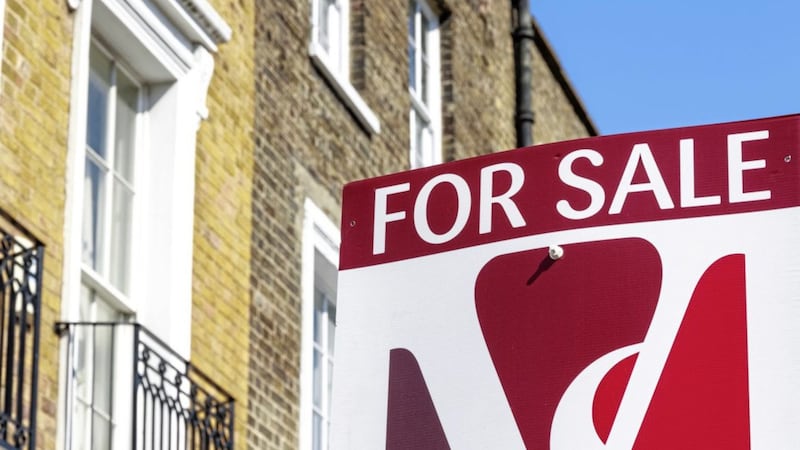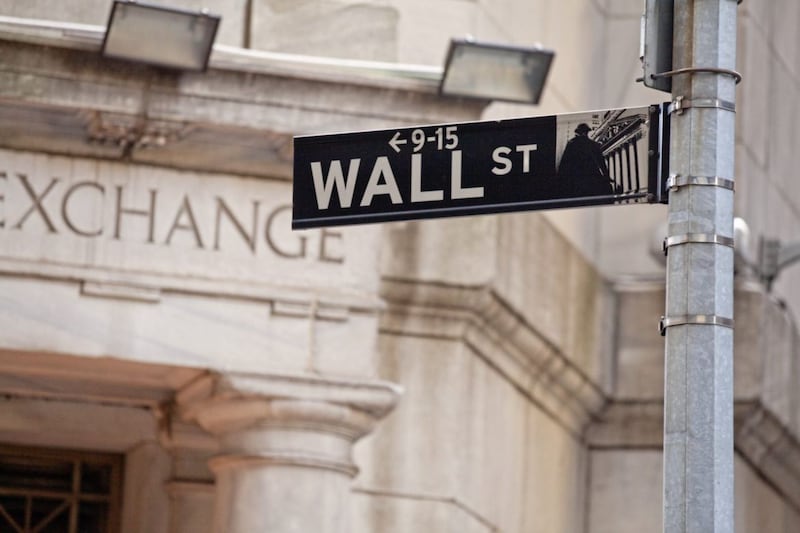MARK Twain famously once said: “Buy land, they’re not making it anymore.”
As we know, houses vary in size, quality, location and a lot more besides. Among the common house price indices in the UK, the Nationwide Building Society’s measure has the longest history (starting in 1952) and shows a dramatic rise in the price of an average house - from around £51,800 in today’s terms back in 1952, to around £211,400 in 2017.
In Northern Ireland, according to Ulster University’s Quarterly House Price Index, the overall average house price for the first quarter of 2018 was £163,621, representing, in simple terms, an annual increase of 6.6 per cent relative to the first quarter of 2017. So things appear to be on the up again.
Looking at the UK trend over the years, house prices rarely fell; there are only two brief periods with negative changes: the early 1990s recession, and the recent fall in the wake of the great financial crisis.
From 1995 onwards, inflation-adjusted UK house prices increased at an impressive 3.8 per cent annually. Even the annualised house price growth rate for the full history of the UK index since 1952 (2.2 per cent) is larger than the 2.0 per cent real GDP per capita economic growth rate over the same period. In other words, property prices have outpaced gains in economic productivity.
But you can’t invest in national statistics – what about other types of investment? Based on Barclays Equity Gilt Study data, UK equities have returned 6.7 per cent annually (over inflation) and a 50/50 UK equities/gilts portfolio has returned 4.9 per cent annually.
In the UK, while house prices have fluctuated during the last several decades, overall they have risen steadily and sometimes spectacularly. The accepted wisdom is that houses are a safe and excellent investment for the long term.
Whilst many people think that owning a house is a certain money-maker, this is not the long term historical experience.
In his book “Safe as Houses? A Historical Analysis of Property Prices”, Neil Monnery presents data from an array of nations. His findings are that real house prices have generally been flat over time, or have increased at most one per cent a year. Similar to gold, house prices have been a good store of value rather than an automatic route to riches.
In the period from 1900 to 1995, Monnery states that real house prices only rose 0.7 per cent annually. For the entire period from 1900 to 2017, the annual real house price gain is 1.3 per cent. This compares to a real annual UK equity return of 5.1 per cent and a balanced portfolio return of 3.5 per cent over the same period.
The past 20 years or so have been the exception to the historical pattern of inflation-beating but low returns for property. Some factors driving prices are not new: A growing population supported demand, whilst supply was slow to respond.
What sets this period from 1995-2017 apart is that investors/speculators held increasingly stronger beliefs that house prices would rise and therefore tried, desperately in some cases, to buy.
Banks facilitated this by relaxing deposit requirements and increasing the amount you could borrow relative to your income. On the other hand, low interest rates and rising incomes have made mortgage costs more manageable; the UK household debt to GDP ratio rose from 58 per cent in 1995 to 87 per cent in 2017.
With prices soaring, this system has become self-reinforcing. So is it still true to say property is as safe as houses? It depends whether your investment goals are more focussed on “safe” or on returns.
::Claire McCombe is a private banker with Barclays Wealth & Investment Management








